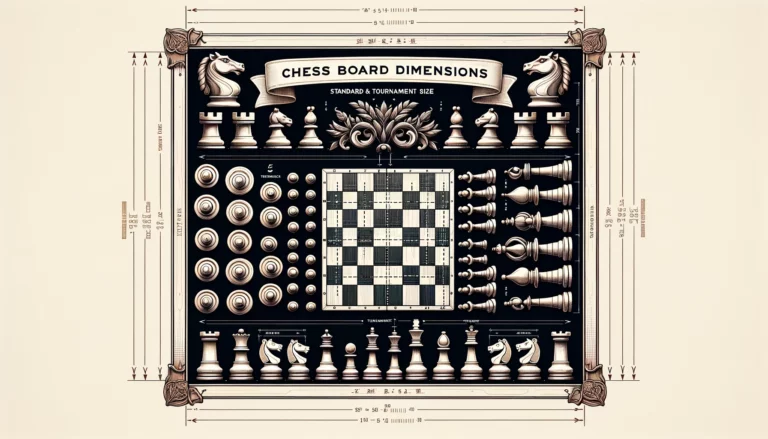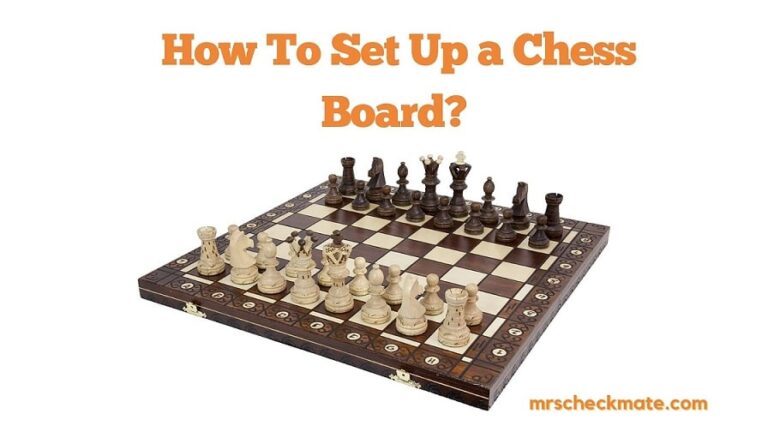Pawn Structure Basics: The Blueprint of Chess Mastery
Pawn structure, often overlooked by beginners, is the very foundation upon which chess strategies are built. It dictates the flow of the game, influences piece activity, and often determines the endgame. This guide delves deep into the intricacies of pawn structure, helping you understand its significance and how to leverage it for a winning advantage.
This guide aims to shed light on the importance of pawn structure and how to master it, with insights from various chess strategies.
What is Pawn Structure?
Pawn structure refers to the arrangement of pawns on the chessboard. It’s not just about individual pawns but how they collectively influence the game.
- Definition: The configuration of pawns across the board, including their strengths and weaknesses.
- Importance: Dictates potential piece activity, controls key squares, and often sets the tone for the entire game.
For those just starting out, understanding the basic chess rules can provide a solid foundation.
Types of Pawn Structures
Understanding the different types of pawn structures is crucial for formulating strategies. Here’s a breakdown:
- Open Structure:
- Characteristics: Few pawns in the center, leading to more open lines.
- Pros: Offers dynamic play with more piece activity.
- Cons: Can expose the king to threats if not careful.
- Closed Structure:
- Characteristics: Pawns block the center, resulting in limited piece mobility.
- Pros: Slower, strategic gameplay allowing for long-term planning.
- Cons: Limited tactical opportunities.
- Symmetrical Structure:
- Both sides have identical pawn formations.
- Often leads to drawish positions due to the balance.
- Asymmetrical Structure:
- Differing pawn formations for both sides.
- Creates imbalances, offering chances for both sides.

Key Pawn Formations
Pawn formations are patterns that pawns take on the board. Recognizing these can give insights into potential strategies and tactics.
- Pawn Chains:
- Formation: Connected pawns supporting each other diagonally.
- Strength: Provides solid support and controls key squares.
- Weakness: The base of the chain can be a target.
- Isolated Pawns:
- Formation: Pawns with no same-colored pawns on adjacent files.
- Strength: Can offer open files for rooks.
- Weakness: Vulnerable to attacks as it can’t be defended by other pawns.
- Doubled Pawns:
- Formation: Two pawns on the same file.
- Strength: Can control key squares.
- Weakness: Reduced mobility and can be a target in endgames.
- Backward Pawns:
- Formation: Pawns that are behind the pawns on adjacent files and cannot advance safely.
- Strength: Sometimes necessary for maintaining pawn structure.
- Weakness: Vulnerable to attacks and can be a blockade target.
By understanding these formations, players can better navigate the complexities of the game, exploiting weaknesses while bolstering their own pawn structure’s strengths.
To delve deeper into pawn strategies, advanced pawn tactics is a valuable resource.
Strengths and Weaknesses
Every pawn structure has its own set of strengths and weaknesses. Recognizing and exploiting these can be the key to gaining an advantage over your opponent.
- Strengths:
- Control of Key Squares: A solid pawn structure can control crucial squares, limiting the opponent’s piece activity.
- Support for Pieces: Pawns can provide outposts for other pieces, especially knights.
- Defensive Wall: A compact pawn structure can act as a protective shield for the king.
- Weaknesses:
- Isolated Pawns: These pawns can become easy targets as they cannot be defended by other pawns.
- Doubled or Tripled Pawns: Can hinder mobility and become liabilities in the endgame.
- Holes: Squares that cannot be controlled by pawns can become outposts for enemy pieces.

Strategic Ideas Based on Pawn Structure
Your pawn structure often dictates the strategic ideas you should pursue. Here are some strategies based on common pawn formations:
- Pawn Breaks: Look for opportunities to challenge and break open the opponent’s pawn structure, creating weaknesses.
- Leveraging Outposts: Identify squares in the opponent’s territory that can be controlled by your pawns and use them as outposts for your pieces.
- Creating Passed Pawns: In endgame scenarios, look for chances to create passed pawns, which can become potential queens. For more on this, explore passed pawn pushing.
Transitioning Between Structures
As the game evolves, so should your pawn structure. Recognizing when and how to transition can be a game-changer.
- From Open to Closed (and vice versa): Depending on the position and piece activity, you might want to open or close the structure to suit your strategy.
- Creating Imbalances: Transitioning to an asymmetrical structure can create imbalances, offering chances for both sides.
- Pawn Exchanges: Timely pawn exchanges can help transition to a more favorable structure, creating weaknesses in the opponent’s camp.
For those new to chess, understanding how to set up a chess board can be a great starting point.
Famous Games Highlighting Pawn Structure
Pawn structure has played a pivotal role in many iconic games throughout chess history. Analyzing these games can provide invaluable insights into the strategic depth of pawn play.
- Capablanca vs. Tartakower (1924): A masterclass in exploiting weaknesses in pawn structure.
- Karpov vs. Kasparov (1985): A battle showcasing the importance of pawn chains and breaks.
- Carlsen vs. Anand (2014): Modern chess at its finest, emphasizing the nuances of pawn dynamics.
Practical Exercises and Tips
To truly grasp the intricacies of pawn structure, one must practice. Here are some exercises and tips:
- Pawn Structure Puzzles: Set up positions emphasizing specific pawn structures and find the best moves.
- Analyze Grandmaster Games: Focus on games where pawn structure played a crucial role.
- Tips:
- Always be wary of creating weaknesses in your pawn structure.
- Look for opportunities to transition into a more favorable structure.
- Understand the endgame implications of your pawn structure.
For beginners, chess tips for beginners can provide foundational knowledge.
Conclusion
Pawn structure, while seemingly simple, holds profound strategic depth. It’s the silent force that shapes the battlefield, guiding pieces and dictating the flow of the game. By understanding and mastering the nuances of pawn play, players can elevate their game, turning this humble piece into a formidable weapon.
By delving deep into the world of pawn structures, players can uncover strategies and tactics that can turn the tide of any game. The journey of mastering pawn play is long, but the rewards are well worth the effort.
For those keen on exploring more, resources like why is the knight important in chess and advantage in chess can offer deeper insights.
FAQ
1. What is pawn structure in chess?
Pawn structure refers to the arrangement and configuration of pawns on the chessboard. It encompasses the interconnectedness of pawns, their strengths, weaknesses, and the potential for creating or exploiting strategic opportunities.
2. Why is pawn structure important in a game of chess?
Pawn structure is crucial because it dictates the flow of the game, influences piece activity, and often determines the endgame. A solid pawn structure can provide a strong foundation for launching attacks, while a weak structure can create vulnerabilities that the opponent can exploit.
3. How can I improve my understanding of pawn structures?
Studying classic games, practicing specific pawn structure scenarios, and analyzing positions with a focus on pawn dynamics are effective ways to enhance your understanding. Additionally, seeking guidance from experienced players or coaches can provide valuable insights.
4. What are the common types of pawn structures?
Some common types include open structures (fewer pawns in the center), closed structures (pawns block the center), symmetrical structures (both sides have identical formations), and asymmetrical structures (differing pawn formations for both sides).
5. How do I recognize and exploit weaknesses in an opponent’s pawn structure?
Weaknesses in pawn structure often manifest as isolated pawns, doubled or tripled pawns, and holes (squares that cannot be controlled by pawns). Recognizing these can allow you to target them with your pieces. Additionally, understanding pawn breaks and leveraging outposts can help exploit these weaknesses effectively.






